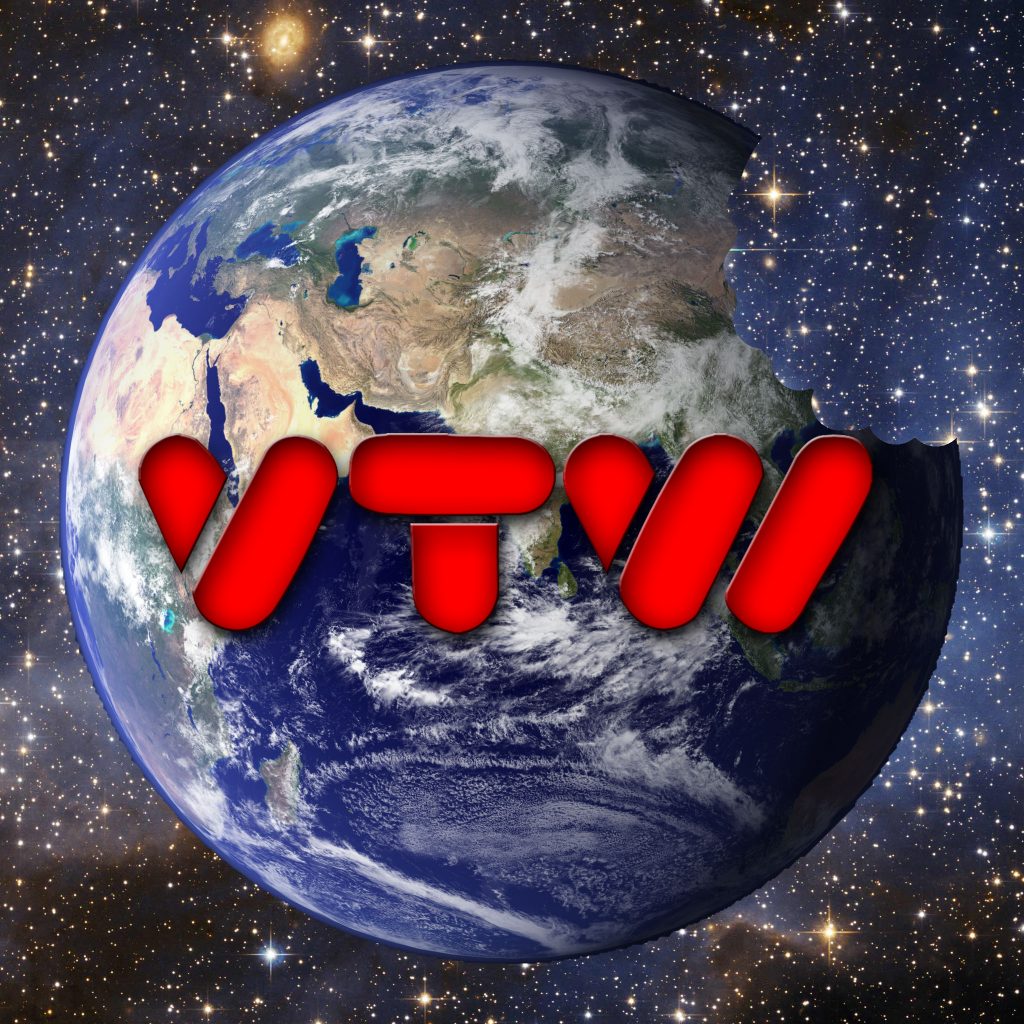John Grant and Audre Vysniauskas
AAPPL, 2004, ISBN 1-904332-18-8, £19.95, 160pp
Digital Art’s easy, innit? Just scan in a few photos and press a button – instant art that even a five year old can master at the click of a mouse. Well, believe it or not, digital art is more than that – it’s real honest-to-goodness art, but it uses a different and relatively new medium. Part of the perceived “problem” with digital art is its very strength and accessibility – it is reproducible and malleable in a way that Andy Warhol’s could only dream of. This accessibility combined with technophobia and cultural snobbery that treats only unique single works as somehow worthy of attention has given the digital art movement a bad press as somehow less worthy than the traditional art forms. Rendrosity.com is an online art community comprising a large number of digital artists from a variety of backgrounds who all use the digital format and attempt to challenge this notion. This lavishly illustrated book gives us a sample of 21 these artists and the diverse pictures they create.
Each portfolio is accompanied by brief autobiographical notes and it’s interesting to appreciate the range of artists on offer here. We have professional illustrators alongside talented amateurs who all work by day and render by night, and from a variety of nationalities as well. Interestingly many of the digital artists trained as scientists before discovering the joys of digital art, a further example of the medium’s encompassing accessibility outside of more accepted routes – a truly socialist art movement in many ways. The works themselves range from the photorealistic to the abstract and the book is all the better for it – what unites these artists is the medium not the style.
As for whether the artwork’s any good, well that clearly boils down to being a matter of taste. Our personal preferences include Bernard Dumaine’s organic Giger-esque forms, Tina Oloyede’s stunning fractal abstracts, Elizabeth Legget’s mysterious portraits and Kees Roobol’s hyper-realist landscapes and cityscapes. We’re generally not that into the fantasy stuff, but Andy Simmons’ Dragons Day Off is a rather amusing image of a dragon sitting by a tranquil pool, fishing, but rendered in the style of John Constable.
Digital Art For the 21st Century offers an eclectic and thoughtful selection of works in a traditional artbook format, far removed from their digital origins. You won’t like it all, you’re not meant to like it all, but it offers a good indication of the current state of play and waves a solid flag for the future acceptance of digital art as a legitimate form of expression.

